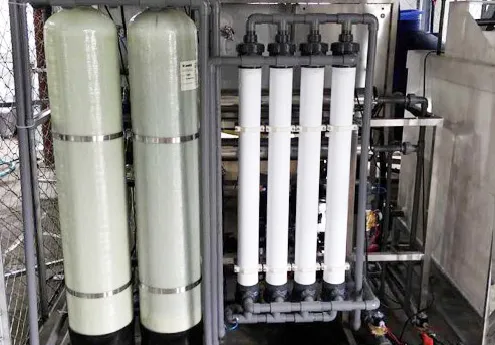loading...
- No. 9, Xingyuan South Street, Dongwaihuan Road, Zaoqiang County, Hengshui, Hebei, China
- admin@zjcomposites.com
- +86 15097380338
- Welcome to visit our website!
GRP Cold Water Storage Solutions for Efficient Water Management and Usage
Understanding GRP Cold Water Storage Tanks An Essential Component for Efficient Water Management
In the realm of water management, GRP (Glass Reinforced Plastic) cold water storage tanks have emerged as a pivotal innovation that addresses the growing demand for durable, efficient, and reliable water storage solutions. These tanks are essential for a variety of applications, including residential, commercial, and industrial settings, providing a safe and effective means of storing cold water.
What are GRP Cold Water Storage Tanks?
GRP cold water storage tanks are made from a composite material that combines glass fibers with a polymer resin, resulting in a lightweight yet robust structure. This combination offers several advantages over traditional materials such as steel or concrete. Notably, GRP tanks are rust-resistant, which is particularly important for water storage applications where contamination must be avoided.
Key Features of GRP Tanks
1. Durability GRP tanks are designed to withstand the test of time. They are resistant to corrosion, ensuring that the stored water remains uncontaminated. This durability extends the lifespan of the tank and reduces maintenance costs.
2. Lightweight One of the significant advantages of GRP tanks is their weight. They are significantly lighter than their concrete or steel counterparts, which simplifies transportation and installation. This characteristic is particularly beneficial in locations where heavy lifting equipment is not practical.
3. Customizable Sizes and Shapes GRP tanks can be manufactured in a variety of sizes and shapes to meet specific requirements. This flexibility makes them suitable for a wide range of applications, from small domestic use to large-scale industrial requirements.
4. Thermal Insulation GRP provides better thermal insulation compared to metal tanks, helping to keep the water at lower temperatures. This is critical for applications where temperature control is essential, such as in HVAC systems and certain industrial processes.
5. Cost-Effectiveness While the initial investment in a GRP tank may be slightly higher than conventional materials, the long-term cost savings achieved through reduced maintenance, extended lifespan, and energy efficiency often outweigh the initial costs.
grp cold water storage tanks

Applications of GRP Cold Water Storage Tanks
GRP cold water storage tanks are incredibly versatile, finding applications across various sectors
- Residential Use In homes, GRP tanks are commonly used to store water for domestic purposes, ensuring a reliable supply for daily activities such as cooking, bathing, and gardening.
- Commercial Buildings Many commercial establishments, such as hotels and hospitals, utilize GRP tanks for their water supply systems. The tanks help maintain consistent water pressure and quality, vital in high-demand environments.
- Industrial Applications Factories and manufacturing units require efficient water storage solutions for cooling processes, supply lines, and emergency reserves. GRP tanks can meet these industrial needs effectively.
- Agriculture In agriculture, GRP tanks are used for irrigation systems, providing a stable and reliable source of water for crops.
Environmental Benefits
Choosing GRP cold water storage tanks also contributes positively to environmental sustainability. As these tanks are made from recyclable materials, their production means less strain on natural resources. Moreover, their longevity and durability lead to lower waste generation in the long run.
Conclusion
In summary, GRP cold water storage tanks represent a robust solution for modern water management challenges. Their unique properties including durability, lightweight nature, customization options, and cost-effectiveness make them an excellent choice for a variety of applications. As the demand for efficient and reliable water storage solutions continues to grow, GRP tanks are poised to play a critical role in both residential and industrial sectors. Investing in such technology not only ensures a consistent water supply but also promotes sustainable practices in water management. With the right choice of tank, users can ensure their water storage needs are met effectively while contributing to a more sustainable environment.
-
The Rise of FRP Profiles: Strong, Lightweight, and Built to LastNewsJul.14,2025
-
SMC Panel Tanks: A Modern Water Storage Solution for All EnvironmentsNewsJul.14,2025
-
GRP Grating: A Modern Solution for Safe and Durable Access SystemsNewsJul.14,2025
-
Galvanized Steel Water Tanks: Durable, Reliable, and Ready for UseNewsJul.14,2025
-
FRP Mini Mesh Grating: The Safer, Smarter Flooring SolutionNewsJul.14,2025
-
Exploring FRP Vessels: Durable Solutions for Modern Fluid HandlingNewsJul.14,2025
-
GRP Structures: The Future of Lightweight, High-Performance EngineeringNewsJun.20,2025
